Cycle Like The Dutch – Giving a Lift

I am notorious for forgetting or losing my bike whenever I meet up with friends in Amsterdam. By now they all know that if we are going anywhere one of them will end up having to give me a lift on the back of their own bicycle.
This means two things:
1) One of them is going to get a flat back tire.
2) One of them is going to look like they are in a loving relationship with me.
This is because the rack on the back of a bicycle is often called the love seat in The Netherlands. It’s where your girlfriend or boyfriend sits (side saddle) when you are giving them a lift. It’s something you see a lot of young teenagers doing. That’s why it looks very strange when you see two British middle age guys sharing a bicycle, one of them struggling to make it over every bridge due to the extra weight and the extra weight trying not to look terrified as his knee caps pass dangerously close to every road side bollard and parked car. At least it looks like a relationship that has lasted I guess.
The Bike Rack Back Seat
Sitting side saddle is most common because sitting astride the metal rack is (I’ve discovered) not something that you can really call comfortable. I have once tried sitting on a child seat (on the back of a friend’s bike) which might sound like it should be slightly more comfortable than the metal rack but was not. In fact I think it was more painful and potentially limited my chances of having children myself. To put it lightly; my man parts felt every speed bump, pebble and hidden fault line deep beneath Amsterdam that we passed over.
The Hop On
Another challenge of using the love seat is mastering the jump on. The easiest way to maintain balance is for the bike to already be in motion when the loved one (quite literally) hops on. This manoeuvre requires a strange sort of reverse/sideways jog followed by a light jump/hop/twist into the sitting position. It is important to do this manoeuvre with as little motion as possible otherwise you risk throwing the cyclist off balance, causing
both of you to veer off into the nearest canal. As a result, many of my ‘hop ons’ have required more than one attempt.
The Hop Off
The hop off can be equally dangerous. It is important not to get your feet caught in the back wheel during the dismount or jump into the path of another cyclist. Don’t kick off with too much force either otherwise you’ll turn around to discover that your cyclist has gone off somewhere unexpected.
This makes ever traffic light stop an exciting game of risk that could end in injury (to you and/or others). Especially since the ‘hop back on’ that follows now has to be done surrounded by moving cyclists while crossing a road. More experienced passenger/cyclist teams might not need to dismount for every brief stop but when you are an uncoordinated Englishman (such as myself) it is impossible to do so without gravity taking the opportunity to remind you who is in charge.
Maybe that’s another reason why they call it the love seat; because if you survive the experience together it brings you closer to each other. It’s a kind of trust exercise.
Check out the next part in our hilarious look at how to cycle like the Dutch – Pockets and Awkward Objects



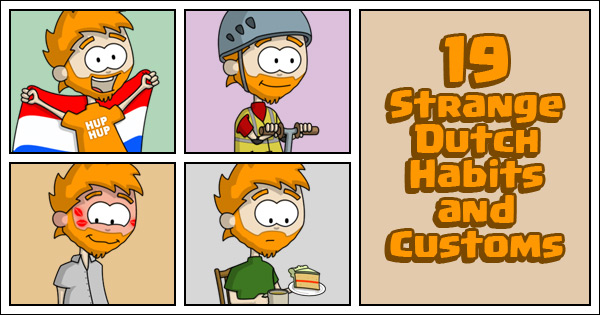

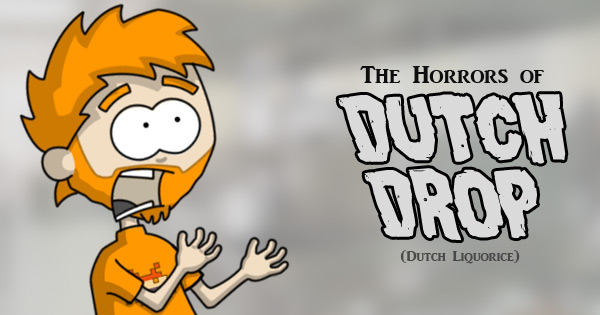


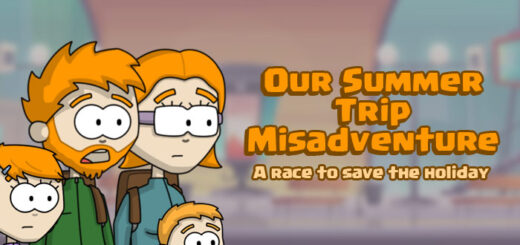
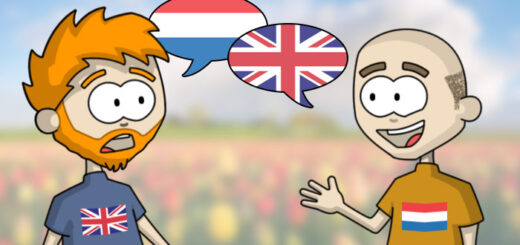

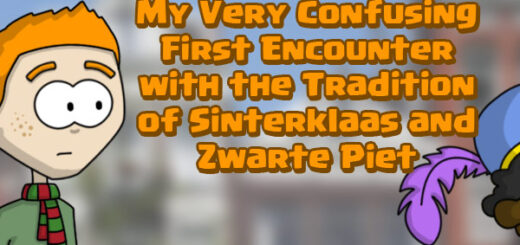
I laughed a lot at this one! (if that’s offensive to your man parts) don’t fret, now that the dikes are in place it’s likely the dutch will turn their attention to those uncomfortable metal racks ;)
Somehow I doubt it, as a dutch guy myself I think we are focusing our attention on the earthquakes in the top of our country as well as building dikes in other countries (hello northern England?)